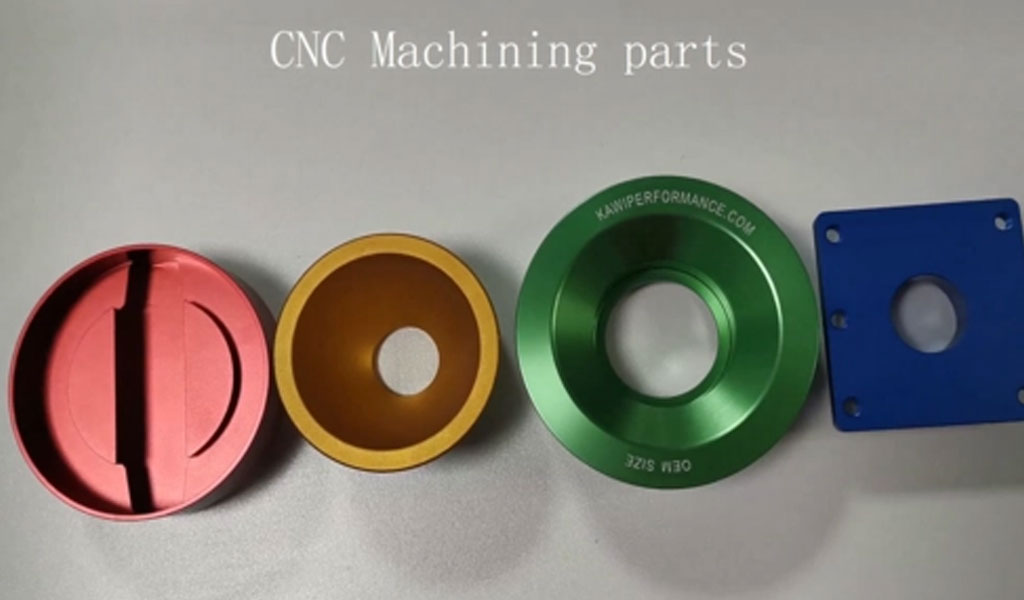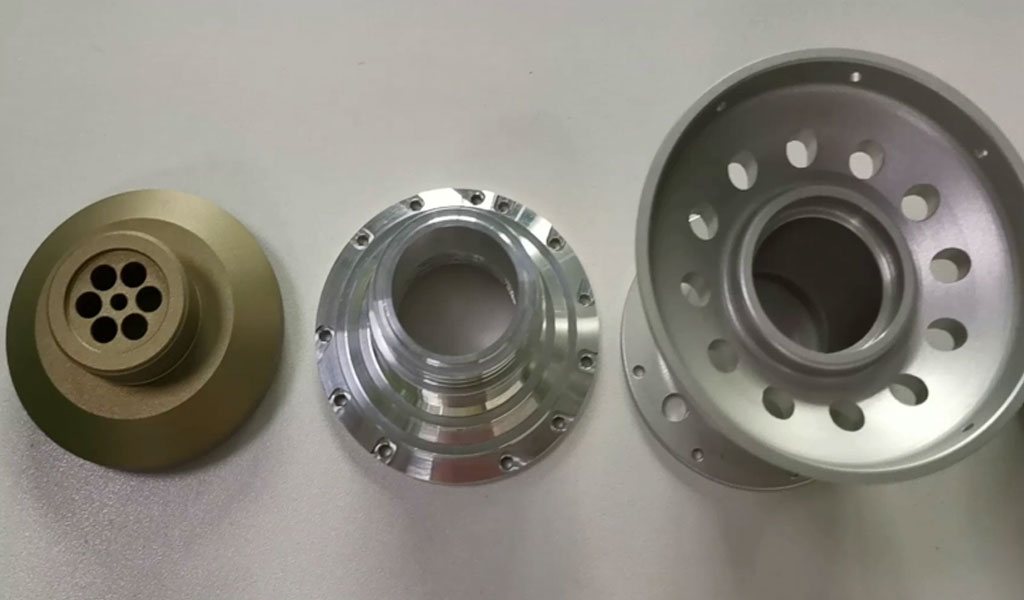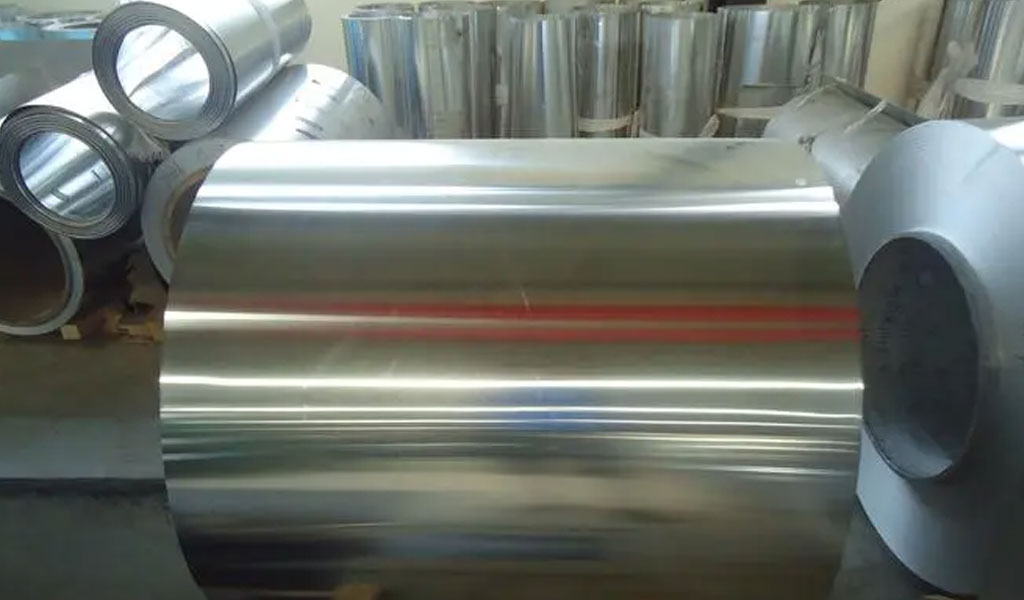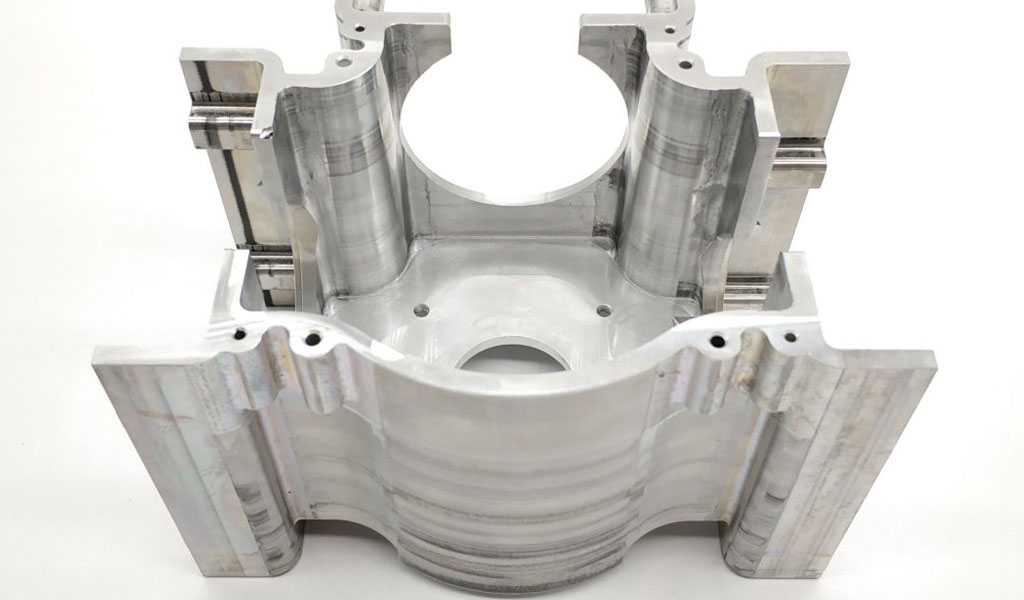Machining Aluminum 7075
Machining Aluminum 7075 presents both opportunities and challenges in the manufacturing industry. Known for its high strength-to-weight ratio and excellent mechanical properties, Aluminum 7075 is widely used in aerospace, automotive, and various other high-performance applications. This article provides an in-depth examination of the characteristics of Aluminum 7075, machining techniques, tools, parameters, and best practices to achieve optimal results.
1. Understanding Aluminum 7075

Aluminum 7075 is part of the 7000 series of aluminum alloys, primarily alloyed with zinc and often incorporating magnesium and copper. The key features include:
- High Strength: Comparable to many steels, making it suitable for high-stress applications.
- Lightweight: Its strength-to-weight ratio is exceptional.
- Corrosion Resistance: Moderate resistance, often improved with surface treatments.
- Thermal Conductivity: Good thermal properties, beneficial in heat dissipation applications.
- Machinability: While generally good, it requires specific techniques to handle its hardness and potential for work hardening.
2. Composition and Properties
2.1. Chemical Composition
- Zinc (Zn): 5.6 – 6.1%
- Magnesium (Mg): 2.1 – 2.5%
- Copper (Cu): 1.2 – 1.6%
- Chromium (Cr): 0.18 – 0.28%
- Other elements include iron, silicon, manganese, and titanium in trace amounts.
2.2. Mechanical Properties
- Tensile Strength: Up to 83,000 psi (570 MPa)
- Yield Strength: Around 73,000 psi (500 MPa)
- Elongation at Break: 11% in 2 inches
- Brinell Hardness: Approximately 150
3. Machining Challenges

Despite its favorable properties, cnc machining Aluminum 7075 presents unique challenges:
- Tool Wear: High strength can accelerate tool wear.
- Burr Formation: Tendency to form burrs during cutting.
- Surface Finish: Achieving a smooth surface finish requires precise control of cutting parameters.
- Heat Generation: Significant heat can affect dimensional stability and tool life.
4. Cutting Tools and Materials
4.1. Tool Material
- Carbide Tools: Preferred for high-speed machining due to their hardness and wear resistance.
- High-Speed Steel (HSS): Used for less demanding applications or where cost is a concern.
- Coated Tools: Titanium Nitride (TiN), Titanium Carbonitride (TiCN), and Diamond-like Carbon (DLC) coatings improve tool life and performance.
4.2. Tool Geometry
- Rake Angle: Positive rake angles reduce cutting forces and improve surface finish.
- Relief Angle: Adequate relief angles prevent tool rubbing and reduce heat generation.
- Helix Angle: A high helix angle facilitates efficient chip evacuation.
5. Machining Parameters
5.1. Cutting Speed
Cutting speed for Aluminum 7075 should be high to minimize built-up edge (BUE) formation. Recommended speeds range from 300 to 600 SFM (Surface Feet per Minute) depending on the tool material and coating.
5.2. Feed Rate
Feed rates should be optimized to balance material removal rate and surface finish. Typical feed rates range from 0.002 to 0.012 inches per tooth (IPT).
5.3. Depth of Cut
For roughing operations, a higher depth of cut can be employed, usually between 0.1 to 0.5 inches. Finishing operations require a lower depth of cut, typically around 0.01 to 0.05 inches.
6. Coolant and Lubrication
6.1. Types of Coolants
- Water-Soluble Coolants: Effective for cooling and lubrication but may require regular maintenance to prevent microbial growth.
- Synthetic Coolants: Offer superior cooling and lubrication with longer sump life.
- Oil-Based Coolants: Provide excellent lubrication but may be less effective in heat dissipation.
6.2. Application Methods
- Flood Cooling: Ensures comprehensive cooling and chip evacuation.
- Mist Cooling: Reduces coolant consumption but may not be sufficient for high-speed operations.
- High-Pressure Coolant (HPC): Effective for deep hole drilling and high-speed machining.
7. CNC Machining Techniques
7.1. Milling
- End Mills: Carbide end mills with variable helix angles are ideal for minimizing vibration.
- Face Milling: Uses a larger diameter cutter to ensure a smooth surface finish.
- High-Speed Milling (HSM): Involves using high spindle speeds and feed rates to improve efficiency and surface finish.
7.2. Turning
- Insert Selection: Carbide inserts with appropriate coatings and geometries are critical.
- Cutting Parameters: Optimizing speed, feed, and depth of cut to balance tool life and surface finish.
- Threading: Special threading inserts and precise control over cutting parameters are essential for high-quality threads.
7.3. Drilling
- Twist Drills: Carbide drills with TiN or TiCN coatings perform well.
- Peck Drilling: Used to break up chips and prevent chip packing in deep holes.
- Reaming: Provides precise hole dimensions and smooth finishes.
8. Surface Treatments
8.1. Anodizing
Enhances corrosion resistance and surface hardness. Suitable for aerospace components exposed to harsh environments.
8.2. Chromate Conversion Coating
Provides corrosion resistance without significantly altering dimensions. Common in military and automotive applications.
8.3. Electroless Nickel Plating
Offers uniform coverage, increased hardness, and improved wear resistance. Ideal for components requiring high precision and durability.
9. Quality Control and Inspection
9.1. Dimensional Inspection
Utilizes tools such as micrometers, calipers, and CMMs (Coordinate Measuring Machines) to ensure dimensional accuracy.
9.2. Surface Finish Measurement
Surface roughness testers (profilometers) are used to measure and ensure surface finish quality.
9.3. Non-Destructive Testing (NDT)
Techniques such as ultrasonic testing, dye penetrant inspection, and X-ray inspection ensure internal integrity and detect subsurface defects.
10. Case Studies
10.1. Aerospace Components
Discuss the machining strategies and challenges in producing aircraft structural parts.
10.2. Automotive Performance Parts
Explore the machining of high-performance automotive components like engine blocks and transmission housings.
10.3. Precision Instrumentation
Examine the precision machining of components for scientific and medical instruments.
11. Future Trends in Machining Aluminum 7075
11.1. Advanced Tool Materials
Development of new tool materials and coatings to enhance performance and tool life.
11.2. Automation and Smart Machining
Integration of AI and IoT in machining processes to improve efficiency and accuracy.
11.3. Sustainable Machining Practices
Adoption of environmentally friendly coolants and waste management practices.
Conclusion
Machining Aluminum 7075 requires a thorough understanding of its properties, appropriate selection of tools and parameters, and meticulous attention to detail in every step of the process. By adhering to best practices and leveraging advancements in technology, manufacturers can achieve high-quality results, making Aluminum 7075 a valuable material in various high-performance applications.

